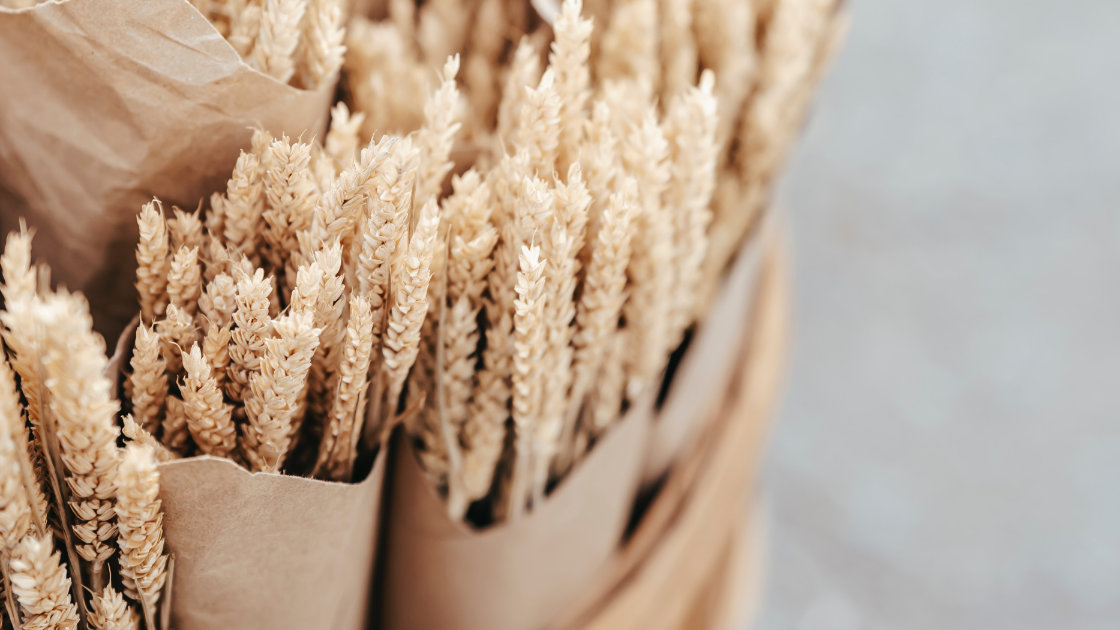On Wednesday, I tagged along with one of our Farm Hand Adventure programs. This program is designed to allow students to gain a deeper understanding of the farm and history through a hands-on project. This participating class was unique in another way too. All the participants were actually future teachers! They were students going to East Stroudsburg University and studying education. They were learning different teaching techniques and how to incorporate a field trip into the classroom.
The program I really enjoyed was dedicated to the exploration of wheat. Farmer Milt explained the different ways wheat grew and how it was harvested. Did you know that when the hay is cut, it’s bundled together and this is called the sheave? Well, now you know. The sheaves are made into stacks and sheaves are laid across the top as a way to shed rain water. Reminds me a little bit of Monet’s painting.
Near the end of the class, we each got a few stalks of wheat. We broke the stalks so we just had the heads. Next we crushed them and made a rather large mess on the floor. Finally, we winnowed out the chaff (the seed pod part) using our own wind, aka our breath. That just left the wheat seeds. This we put into a little portable table mill to produce flour! By turning the handle, the wheat is crushed between two small mill stones and flour is produced.
After learning about how wheat is produced we got to get our hands involved a little more and made some bread! Cheryl demonstrated how bread was made and spoke some about the history of bread. The Germans and the Pennsylvania Dutch tended to like darker and rye breads. While the English tended to prefer whiter wheat breads. Then it was our turn. We each got a little bit of dough and tried kneading it. Once it was no longer sticky and sprung back under a gentle touch it was done. We made it into little ball loaves. While the students were down on the farm it baked and smelled wonderful and once done tasted even better. I forgot to take a picture of my loaf, which came out rather funny shaped because it was stuck between several others. I’m hoping to try the recipe again and maybe some of the others in the new Quiet Valley cookbook.
